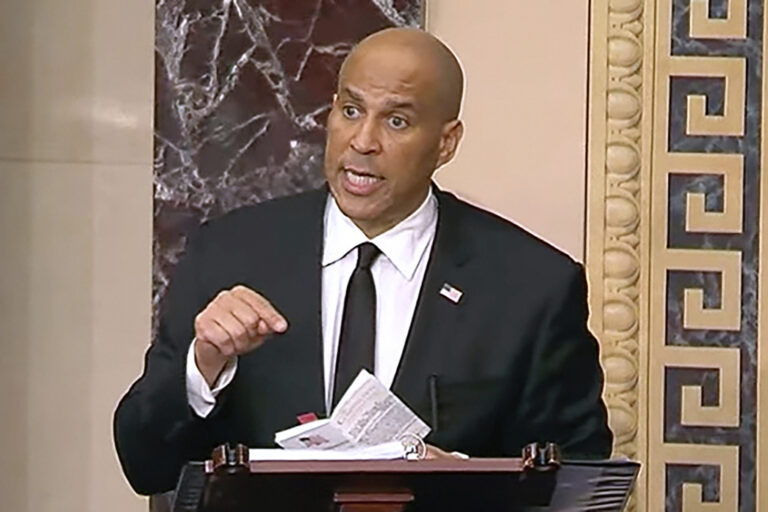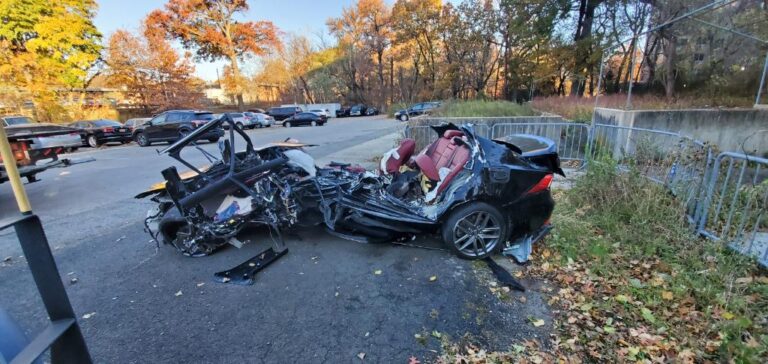 A spectacular arched bridge that was part of the ancient aqueduct which conveyed water to the Temple Mount was exposed in archaeological excavations the Israel Antiquities Authority conducted near the Sultan’s Pool, in the “Walls around Jerusalem National Park”, prior to infrastructure work by the Gichon Corporation.
A spectacular arched bridge that was part of the ancient aqueduct which conveyed water to the Temple Mount was exposed in archaeological excavations the Israel Antiquities Authority conducted near the Sultan’s Pool, in the “Walls around Jerusalem National Park”, prior to infrastructure work by the Gichon Corporation.
Work on the city’s modern water infrastructure uncovered a section of Jerusalem’s ancient aqueduct. While the Gichon Corporation was working on the sewage infrastructure in the vicinity of the Sultan’s Pool in the “Walls around Jerusalem National Park”, a section of Jerusalem’s ancient aqueduct was discovered. In the wake of this discovery, the Israel Antiquities Authority conducted an excavation in which a spectacular arched bridge was revealed that was part of the very old aqueduct that conveyed water to the Temple Mount.
According to Yechiel Zelinger, excavation director on behalf of the Israel Antiquities Authority, “The bridge, which could still be seen at the end of the nineteenth century and appears in old photographs, was covered over during the twentieth century. We were thrilled when it suddenly reappeared in all its grandeur during the course of the archaeological excavations”. Zelinger said, “The route of the Low Level aqueduct from the time of the Second Temple, beginning at Solomon’s Pools near Beit Lechem and ending at the Temple Mount, is well known to scholars: substantial parts of it were documented along the edge of Yemin Moshe neighborhood and on the slope adjacent to the western wall of the Old City. The upper part of the Hinnom Valley passes between the two sections of aqueduct where the Sultan’s Pool was built as a reservoir for flood water. In order to maintain the elevation of the path along which the water flowed, a bridge was erected above the ravine. Two of the original nine arches that were in the bridge were currently excavated to their full height of about 3 meters”.
“The bridge was built in 1320 CE (in the Mamluke period) by the sultan Nasser al-Din Muhammed Ibn Qalawun, as evidenced by the dedicatory inscription set in it; however, it was apparently constructed to replace an earlier bridge dating to the time of the Second Temple period that was part of the original aqueduct”.
The Israel Antiquities Authority, in cooperation with the Nature and Parks Authority, is working to expose the entire length of the arched bridge, conserve it and integrate it in the framework of the overall development of the Sultan’s Pool, as part of underscoring the importance of the water supply to Jerusalem in ancient times.
(YWN Israel Desk – Jerusalem / Israel Antiquities Authority)











3 Responses
The Romans were very good at engineering. A pity they decided to go into the “conquer” business rather than the “build” business.
The Romans did both, conquering and building.
They built roads and bridges everywhere they conquered some of them are still in use today.
The biggest problem with the Romans were they are godless (they did not even really believe in their false idols, people went to their temples because it was fashionable, but they for the most part did really believe in them, noty in the later generations anyway, from what I have learned) and vicious and cruel.
They were all about “greatness (like in battle)” but they knew nothing about compassion which was why they enjoyed such bloodthirsty games like forcing prisoners to fight wild animals and the Brazen Bull which was a Bronze statue, with a hollow inside into which they would put some poor soul and then they would light a fire underneath (I think the rest is too graphic for some (like children) who might read this, but I think you can imagine).
Torah did not and did go against their building or ideas of civilization, but it did go against the basis of their entire existence, which was their own personal pleasure, anytime, anyway, without limits, and no matter who else it would hurt.
Anything that did not go in line with their whole hedonistic and cruel reason for living, could not be tolerated by them.
That was their main flaw, however they could not have picked a more monumental flaw to have, as their main one.
Sorry i meant to say that Torah did not go against the idea of them building roads and bridges or building up a
well running prosperous civilization.
but it did go against the basis of their entire existence, which was their own personal pleasure, anytime, anyway, without limits, and no matter who else it would hurt.
Anything that did not go in line with their whole hedonistic and cruel reason for living, could not be tolerated by them.
That was their main flaw, however they could not have picked a more monumental flaw to have, as their main one.